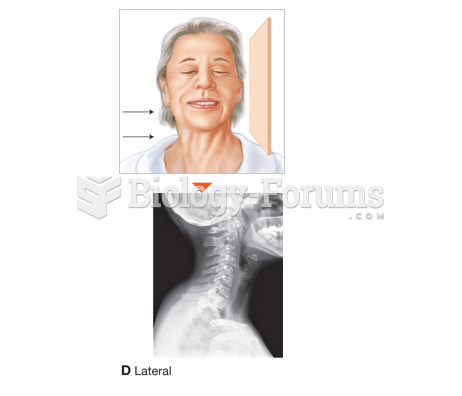This topic contains a solution. Click here to go to the answer
|
|
|
Did you know?
Many medications that are used to treat infertility are injected subcutaneously. This is easy to do using the anterior abdomen as the site of injection but avoiding the area directly around the belly button.
Did you know?
People about to have surgery must tell their health care providers about all supplements they take.
Did you know?
Approximately 500,000 babies are born each year in the United States to teenage mothers.
Did you know?
Serum cholesterol testing in adults is recommended every 1 to 5 years. People with diabetes and a family history of high cholesterol should be tested even more frequently.
Did you know?
The people with the highest levels of LDL are Mexican American males and non-Hispanic black females.






